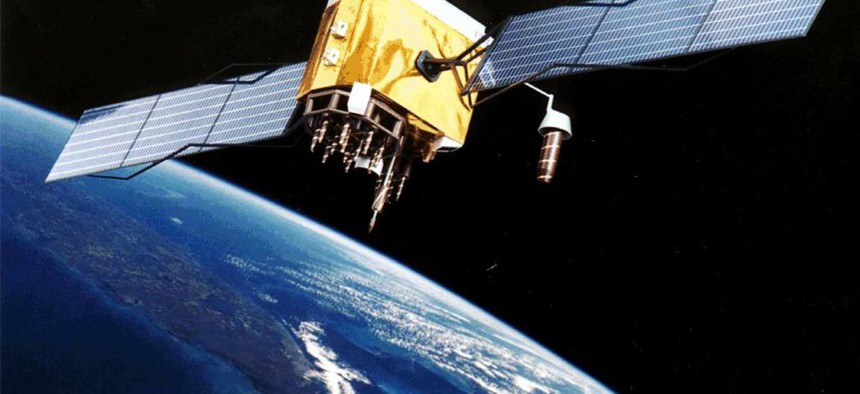Army researchers picture a new GPS alternative
CERDEC uses two highly sensitive miniature cameras in a vision-aided navigation system that accurately detects both motion and depth.
The military services have been exploring a number of ways to ensure navigation when GPS signals are jammed or otherwise disruption. Army researchers have come up with another way—using their eyes, albeit with an advanced, very sensitive camera that allows a user to determine much the camera has moved in relation to an object.
The Communications-Electronics Research, Development and Engineering Center is using miniature cameras that can capture the tiniest movement, allowing the cameras’ users to track someone’s relative position or movement, CERDEC said in a release. It’s seen as a way to improve position, navigation and timing (PNT) information to augment GPS when signals are degraded.
CERDEC’s Command, Power and Integration Directorate’s PNT Division developed its vision-aided navigation system using a monocular camera that picks up rotation and translation but not depth, combined with a component that has inertial measurement units such as gyroscopes, accelerometers and other sensors to deliver motion and direction data. Combining the two provides a stereo vision, similar to that of human eyes, indicating both distance and motion.
“Vision-aided navigation works by using cameras with rapid frame rates to take pictures of objects in view and then comparing the object’s features in each frame to determine how far, and in what direction, the camera has moved in relation to the object,” said Eric Bickford, an engineer in the PNT Division.
As the electromagnetic spectrum gets more crowded and adversaries develop technological prowess, the U.S. military has stepped up efforts to find alternatives to the Global Positioning System, on which it—like to much of the commercial sector—relies extensively for positioning and navigational information.
CERDEC, for example, is looking to develop “pseudolites,” a type of satellite that would operate at low altitudes of only a few thousand feet, where their signals would be stronger and harder to jam. The center also is working on a Chip-Scale Atomic Clock, which could provide precise time to GPS receivers and protect them from spoofing. The Defense Advanced Research Projects Agency, meanwhile has a program called STOIC, for Spatial, Temporal and Orientation Information in Contested Environments, that aims to develop PNT systems that would provide GPS-quality performance with actually using GPS.
CERDEC said the system will likely be first used on ground vehicles, something researchers have already tested on a highway, where the camera was able to everything it came across, including cars, signs and trees, even when traveling at high speeds.
“The availability of GPS on the battlefield has significantly enhanced Soldiers’ navigational capabilities, but it is susceptible to interference,” said Christopher Manning, acting director for CERDEC CP&ID. “As the Army’s R&D lead for Soldier and ground platform PNT needs, we're using our science and technology investments to support PM PNT by investigating and developing alternate navigation solutions that will address the PNT challenges our Soldiers face in various tactical environments.”





